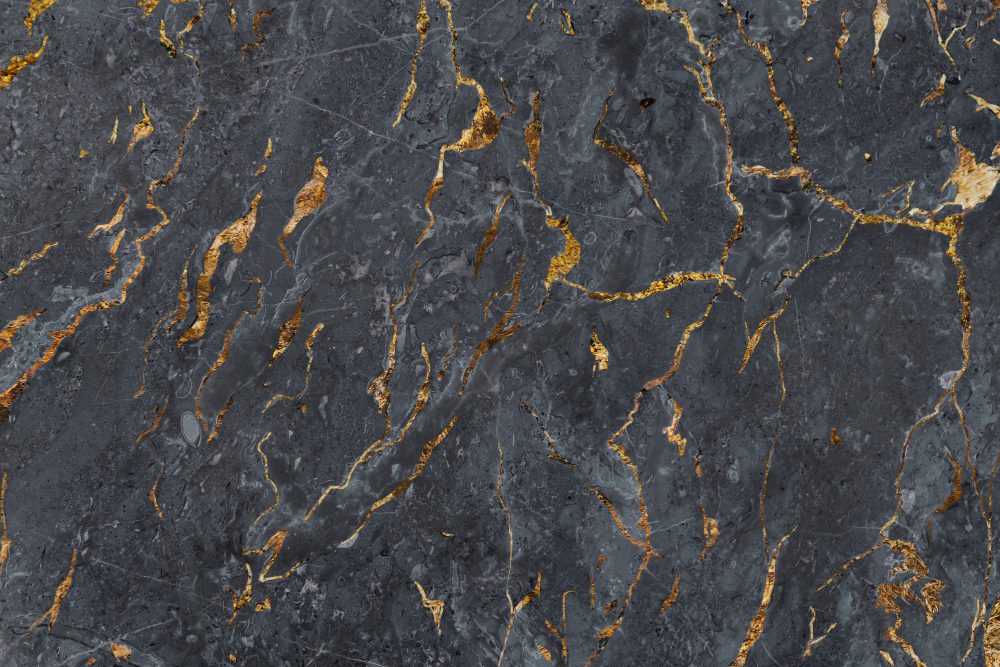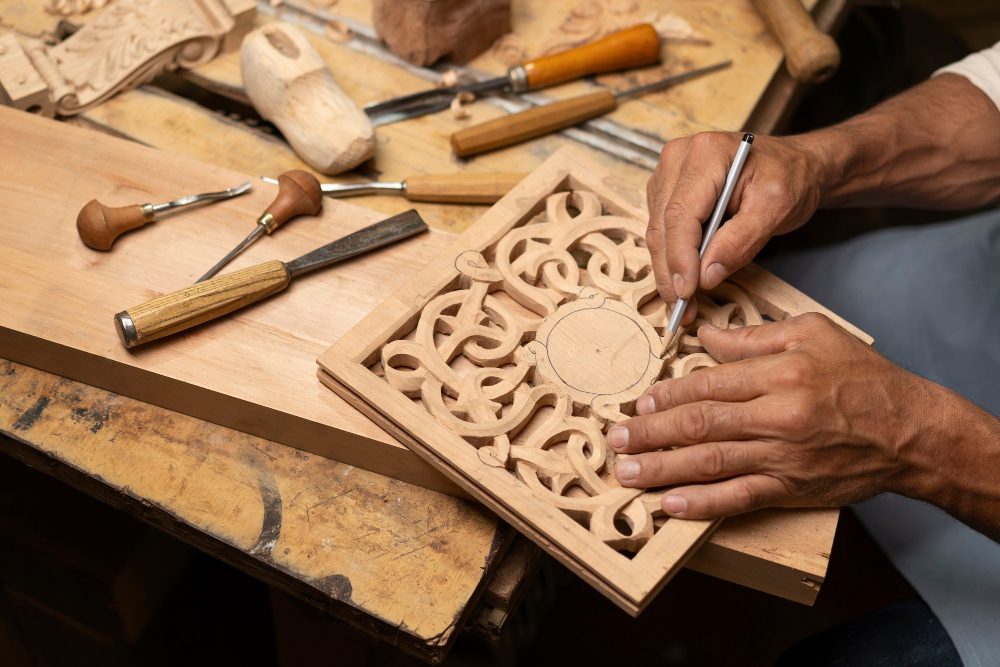What is carving into stone called?
Carving into stone is an ancient art form that has been practiced for thousands of years. It involves the skillful removal of material from a stone surface to create a desired shape, pattern, or design. This process is known as stone carving.
The History and Significance of Stone Carving
Stone carving dates back to prehistoric times when early humans used primitive tools to chisel away at rocks and stones. As civilizations progressed, so did the techniques and tools used in stone carving. Stone carvings have been found in various ancient cultures, including Egyptian, Greek, Roman, and Mayan civilizations, showcasing the significance of this art form throughout history.
The use of stone carving has had a substantial impact on human culture and civilization. It has been used to create intricate sculptures, statues, architectural details, and even functional objects such as tools and weapons. Stone carvings have served as a form of artistic expression, religious symbolism, and historical documentation, providing insights into past societies and their beliefs.
The Process of Stone Carving
Stone carving requires skill, precision, and patience. The process typically involves the following steps:
- Selection of suitable stone: A stone with the desired characteristics, such as hardness, color, and texture, is chosen for the carving.
- Designing: The artist creates a design or pattern that will be carved into the stone.
- Marking: The design is transferred onto the stone using various marking techniques, such as chalk, charcoal, or stencils.
- Initial shaping: The artist begins removing excess material from the stone to outline the basic shape of the design.
- Detailed carving: The artist uses specialized tools, such as chisels, hammers, and rasps, to meticulously carve intricate details into the stone.
- Finishing: The surface of the stone is smoothed and polished to achieve the desired texture and appearance.
The Beauty and Versatility of Stone Carvings
Stone carvings display a remarkable beauty that can enhance any environment. Whether it’s a delicate relief on a building facade or a grand sculpture in a public square, stone carvings captivate viewers with their craftsmanship and artistry.
“Stone carvings are not only aesthetically pleasing but also serve as a lasting testament to human creativity and skill.” – John Smith, Stone Carving Expert.
Moreover, stone carvings have proven to be incredibly durable, with many ancient carvings still intact today. This durability makes stone carvings ideal for outdoor installations, as they can withstand the test of time and various weather conditions.
Types of Stone Carving Techniques
There are different techniques used in stone carving, each yielding unique results. Some common techniques include:
- Relief carving: Carving away material from a flat surface to create a raised design.
- In-the-round carving: Creating a three-dimensional sculpture that can be viewed from all angles.
- Lettering and inscription: Carving letters and inscriptions onto stone surfaces.
- Bas-relief carving: Creating a shallow relief where the design projects slightly from the background.
Is stone carving easy?
Stone carving is an ancient art form that requires skill, patience, and dedication. While some may find it challenging, others enjoy the process and find it rewarding. Whether or not stone carving is easy depends on various factors such as experience, tools used, and the complexity of the design.
Factors Affecting Ease of Stone Carving
1. Experience: Like any craft, the more experience you have, the easier it becomes. Beginners may find it difficult at first, but with practice, they can develop their skills and techniques.
2. Tools: Using the right tools is crucial in stone carving. Sharp chisels, hammers, and rasps are essential for shaping and refining the stone. Having the proper tools can make the process smoother and more manageable.
3. Complexity of Design: The difficulty of stone carving also depends on the complexity of the design. Intricate designs with fine details and intricate shapes require more precision and time, making them more challenging to carve.
Challenges in Stone Carving
1. Physical demands: Stone carving can be physically demanding, requiring strength and endurance. Working with heavy stones and using tools that require force can put a strain on the body.
2. Time-consuming: Stone carving is a time-consuming process. It requires careful planning, precise execution, and attention to detail. Completing a stone carving project can take weeks or even months.
3. Perfectionism: Stone carving requires a high level of precision and attention to detail. Mistakes can be costly, as stone is not easily fixed or repaired. This can lead to perfectionism, which can be both a challenge and a motivator.
“Stone carving is a true test of patience and craftsmanship.”
Tips for Aspiring Stone Carvers
- Start with simple designs and gradually progress to more complex ones.
- Invest in high-quality tools to make the carving process easier.
- Join a stone carving community or take classes to learn from experienced carvers.
- Practice regularly to improve your skills and gain confidence.
- Don’t be afraid to make mistakes; they are part of the learning process.
Stone carving may not be easy, but with passion, dedication, and practice, it can be a highly rewarding artistic pursuit. It allows you to create timeless pieces that will be admired for generations to come.


